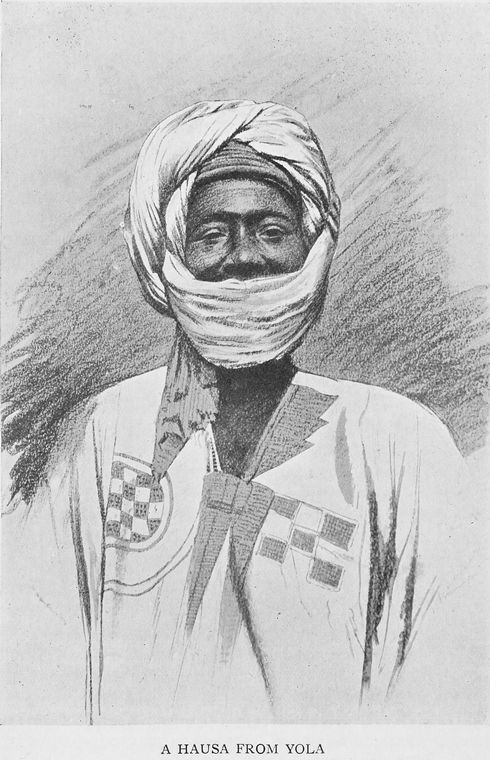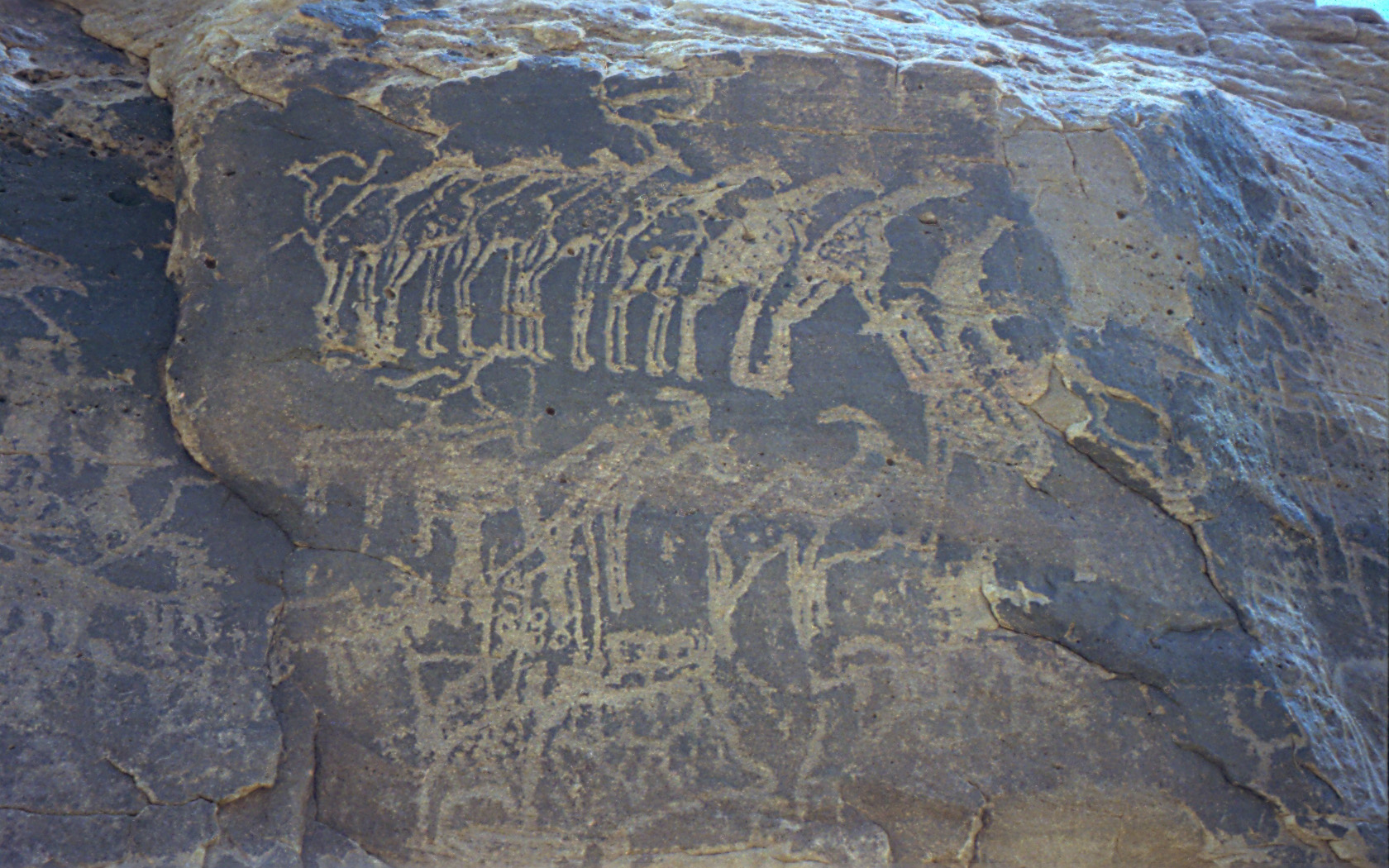|
Fula Orthographies
The Fula language (, ''Pulaar'', or ''Pular'') is written primarily in the Latin script, but in some areas is still written in an older Arabic script called the Ajami script or in the recently invented Adlam script. Latin-based alphabets Background The Latin script was introduced to Fula-speaking regions of West and Central Africa by Europeans during, and in some cases immediately before, invasion. Various people — missionaries, colonial administrators, and scholarly researchers — devised various ways of writing . One issue similar to other efforts by Europeans to use their alphabet and home orthographic conventions was how to write African languages with unfamiliar sounds. In the case of Fula, these included how to represent sounds such as the implosive b and d, the ejective y, the velar n (the latter being present in European languages, but never in initial position), prenasalised consonants, and long vowels, all of which can change meaning. Major influences on the ... [...More Info...] [...Related Items...] OR: [Wikipedia] [Google] [Baidu] |
Guinean Languages Alphabet
Following independence, the government of Guinea adopted rules of transcription for the languages of Guinea based on the characters and diacritic combinations available on typewriters of that period. This alphabet was used officially until 1989. Guinea language orthography The Guinea alphabet made use of several digraphs (including either "h" or "y" as the second letter), some of which represent consonants not present in European languages, and two diacritics (grave accent and diaeresis) for open vowels. This system was widely used within the country but differed from the orthographies of neighboring countries of West Africa, as developed in the wake of the 1966 Bamako expert meeting on harmonizing orthographies of the cross-border languages of the region. In 1989, following a meeting on reform of the alphabet in 1988, it was decided to adopt an orthography similar to the African reference alphabet The African Reference Alphabet is a largely defunct continent-wide guidelin ... [...More Info...] [...Related Items...] OR: [Wikipedia] [Google] [Baidu] |
Adamawa State
Adamawa is a States of Nigeria, state in the North East (Nigeria), North-East geopolitical zone of Nigeria, bordered by Borno State, Borno to the northwest, Gombe State, Gombe to the west, and Taraba State, Taraba to the southwest while its eastern border forms part of the national Cameroon-Nigeria border, border with Cameroon. It takes its name from the historic Adamawa Emirate, emirate of Adamawa, with the emirate's old capital of Yola, Adamawa, Yola serving as the capital city of Adamawa State. The state was formed in 1991 when the former Gongola State was broken up into Adamawa and Taraba State, Taraba states. The state is one of the most heterogeneous in Nigeria, having over 100 indigenous ethnic groups. Of the States of Nigeria, 36 states, Adamawa is the List of Nigerian states by area, eighth largest in the area, but the List of Nigerian states by population, thirteenth least populous with an estimated population of about 4.25 million as of 2016. Geographically, the state ... [...More Info...] [...Related Items...] OR: [Wikipedia] [Google] [Baidu] |
Burkina Faso
Burkina Faso is a landlocked country in West Africa, bordered by Mali to the northwest, Niger to the northeast, Benin to the southeast, Togo and Ghana to the south, and Ivory Coast to the southwest. It covers an area of 274,223 km2 (105,878 sq mi). In 2024, the country had an estimated population of approximately 23,286,000. Previously called the Republic of Upper Volta (1958–1984), it was Geographical renaming, renamed Burkina Faso by then-List of heads of state of Burkina Faso, president Thomas Sankara. Its citizens are known as Burkinabes, and its Capital city, capital and largest city is Ouagadougou. The largest ethnic group in Burkina Faso is the Mossi people, who settled the area in the 11th and 13th centuries. They established powerful Mossi Kingdoms, kingdoms such as Ouagadougou, Tenkodogo, and Yatenga. In 1896, it was Colonization, colonized by the French colonial empire, French as part of French West Africa; in 1958, Upper Volta became a self-governing colony wi ... [...More Info...] [...Related Items...] OR: [Wikipedia] [Google] [Baidu] |
Cameroon
Cameroon, officially the Republic of Cameroon, is a country in Central Africa. It shares boundaries with Nigeria to the west and north, Chad to the northeast, the Central African Republic to the east, and Equatorial Guinea, Gabon, and the Republic of the Congo to the south. Its coastline lies on the Bight of Biafra, part of the Gulf of Guinea, and the Atlantic Ocean. Due to its strategic position at the crossroads between West Africa and Central Africa, it has been categorized as being in both camps. Cameroon's population of nearly 31 million people speak 250 native languages, in addition to the national tongues of English and French, or both. Early inhabitants of the territory included the Sao civilisation around Lake Chad and the Baka people (Cameroon and Gabon), Baka hunter-gatherers in the southeastern rainforest. Portuguese discoveries, Portuguese explorers reached the coast in the 15th century and named the area ''Rio dos Camarões'' (''Shrimp River''), which became ''C ... [...More Info...] [...Related Items...] OR: [Wikipedia] [Google] [Baidu] |
Nigeria
Nigeria, officially the Federal Republic of Nigeria, is a country in West Africa. It is situated between the Sahel to the north and the Gulf of Guinea in the Atlantic Ocean to the south. It covers an area of . With Demographics of Nigeria, a population of more than 230 million, it is the List of African countries by population, most populous country in Africa, and the List of countries and dependencies by population, world's sixth-most populous country. Nigeria borders Niger in Niger–Nigeria border, the north, Chad in Chad–Nigeria border, the northeast, Cameroon in Cameroon–Nigeria border, the east, and Benin in Benin–Nigeria border, the west. Nigeria is a Federation, federal republic comprising 36 States of Nigeria, states and the Federal Capital Territory, Nigeria, Federal Capital Territory, where its capital, Abuja, is located. The List of Nigerian cities by population, largest city in Nigeria by population is Lagos, one of the largest List of largest cities, metr ... [...More Info...] [...Related Items...] OR: [Wikipedia] [Google] [Baidu] |
Niger
Niger, officially the Republic of the Niger, is a landlocked country in West Africa. It is a unitary state Geography of Niger#Political geography, bordered by Libya to the Libya–Niger border, north-east, Chad to the Chad–Niger border, east, Nigeria to the Niger–Nigeria border, south, Benin and Burkina Faso to the Benin-Niger border, south-west, Mali to the Mali–Niger border, west, and Algeria to the Algeria–Niger border, north-west. It covers a land area of almost , making it the largest landlocked country in West Africa and the second-largest landlocked nation in Africa behind Chad. Over 80% of its land area lies in the Sahara. Its Islam in Niger, predominantly Muslim population of about million lives mostly in clusters in the south and west of the country. The capital Niamey is located in Niger's south-west corner along the namesake Niger River. Following the spread of Islam to the region, Niger was on the fringes of some states, including the Kanem–Bornu Empire ... [...More Info...] [...Related Items...] OR: [Wikipedia] [Google] [Baidu] |
Maasina Fulfulde
Maasina Fulfulde is a variety of the Fula language. It is spoken mainly in Mali, Ivory Coast, and Ghana by 1.6 million people. The language has several mutually intelligible dialects albeit with some differences. The variety is named after the Macina region in Mali. Maasinankoore is the most widely spoken dialect of Fula spoken in Mali and is a national language of the country. According to Ethnologue there are two dialects - Western and Eastern - and "There are some dialect differences, but popular opinion is that all dialects in Mali are inherently intelligible." Maasina Fulfulde is grammatically basically the same as other varieties of Fula, with some particularities. For instance there are some slight differences in some verb endings. The counting system retains a recapitulation of older systems historically used by other groups in what is now Mali. Tens from 60-90 have alternative versions not used in other varieties of Fula. In the table the general form, which wou ... [...More Info...] [...Related Items...] OR: [Wikipedia] [Google] [Baidu] |

